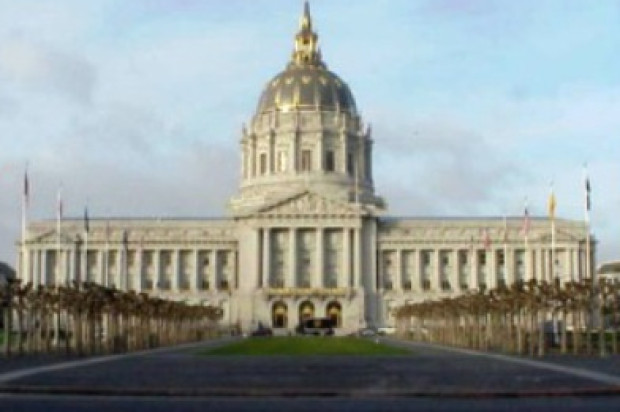
Faced with an ongoing shortage of funding for city parks and recreation programs, San Francisco Supervisor Mark Farrell today announced plans to introduce a measure on the June 2016 ballot creating a dedicated source of additional revenue.
A report released last month by the San Francisco Parks Alliance estimated city parks require an additional $40 to $45 million annually to meet needs including deferred maintenance, expanded access to recreational facilities, additional arborists and gardeners and improved security.
Farrell said he has been working with the Parks Alliance over the past two months to meet with neighborhood groups and develop a proposal for a dedicated funding source. Details are still being hashed out but the measure is likely to take the form of either a charter amendment or dedicated tax.
San Francisco voters approved an Open Space Fund in 2000 earmarking 2.5 cents of every 100 dollars of assessed property value for city parks, according to the Parks Alliance report.
The funding generated by the fund, around $47.8 million in the 2015-2016 fiscal year, was supposed to supplement rather than replace city funding, with 5 percent set aside each year for new park acquisition.
In practice, however, that has not happened. City funding for parks, currently around $50 million, has actually dropped sharply from 2.1 percent of the general fund in 2000 to 1.2 percent in recent years, the report found.
Current funding levels are below what they would have been if the city had simply adjusted its 2000 funding levels for inflation to around $55 million, the report found.
This means, for instance, that the city has only enough arborists to service each tree in the park system every 105 years, instead of the recommended interval of every 11 years, the report notes. Recreation centers and city pools remain closed some days of the week. Vandalism due to insufficient park security costs the city $1 million a year. And the backlog of deferred maintenance costs has reached an estimated $1.7 billion.
The city population is expected to grow 28 percent by 2040, which will only increase the demands placed on city parks and recreation facilities, Farrell said today.
“Parks and open spaces contribute to the high quality of life that we enjoy in San Francisco, and I want to ensure that as our City continues to grow that future generations of San Franciscans do not have to worry about whether we will add more open space, or whether we’ll be able to replace the rusty monkey bars at their neighborhood park,” he said in a statement.
The Controller’s Office is expected to release a needs assessment report for the Recreation and Parks Department later this month which will be used in developing a ballot measure, Farrell said.
Farrell said he plans to introduce his measure at the Sept. 15, Board of Supervisors meeting.
Sara Gaiser, Bay City News









